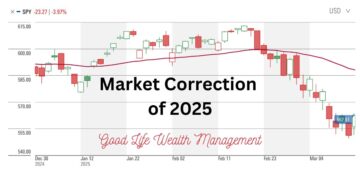According to a report from Blackrock this week, investors poured $347 Billion in Exchange Traded Funds (ETFs) in 2015. In recent years we have seen the shift from mutual funds to ETFs continue and even accelerate. While we don’t have numbers for mutual funds for 2015 quite yet, according to the Investment Company Institute, investors had already pulled $47 Billion from mutual funds as of November 30, 2015.
Even though ETFs continue to take market share from mutual funds, I find that many folks who have invested primarily in a 401(k) still aren’t very familiar with ETFs. Here are some of the reasons we are big fans of ETFs.
- ETFs generally use passive strategies, such as tracking an index, or selecting stocks based on specific criteria. Since the majority of active managers fail to beat their benchmark over five years, passive strategies are a logical choice.
- ETFs are very low cost, since passive strategies don’t require a large research staff or highly paid managers. And in a low return world, it can be very difficult for an actively managed fund with 1.10% in expenses to beat a passive ETF which has expenses of 0.10%.
- ETFs are typically more tax efficient than mutual funds. Quite a few mutual funds distributed capital gains at the end of 2015. If you held those funds in a taxable account, you’d owe taxes, even though you didn’t sell any of your shares. If you had ETFs in your taxable account, your tax bill may have been much, much lower, or even zero.
- ETFs offer diversification, transparent holdings, and style consistency. That’s why they make great building blocks to construct an efficient portfolio.
Wonder how your mutual funds stack up against ETFs? Call me for a free portfolio review and we will be happy to take a look and share our recommendations.







